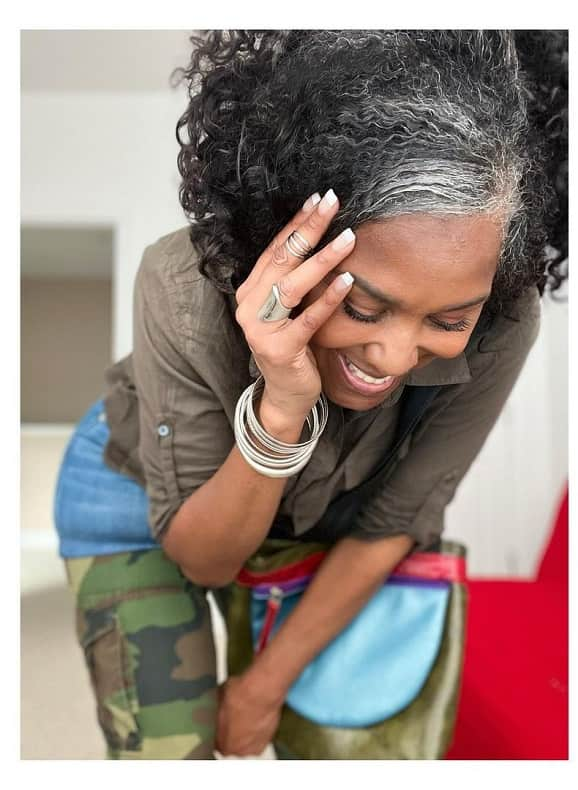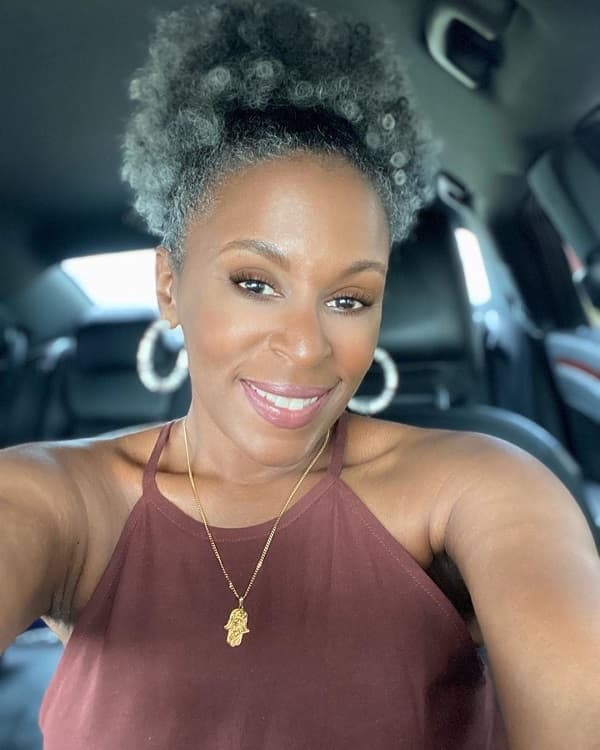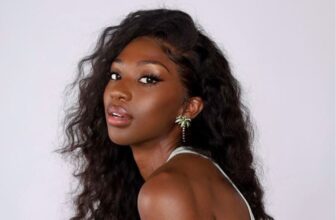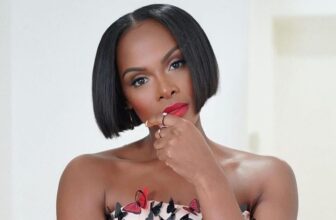How to Embrace Gray Hair in Your 20s and 30s
The phenomenon of hair turning gray at different ages varies from person to person and that is why some people go gray in their 20s while others don’t see the first sign of that shiny silver color until about age 50. Gray hair itself is usually not indicative of a medical issue, except in rare cases. Contrary to popular belief, stress has not been proven to be a cause of gray hair.
While scientists haven’t pinpointed the exact reasons for early graying, genetic factors play a significant role. Also, a deficiency in vitamin B-12 or problems with the pituitary or thyroid gland can lead to premature graying, which can be reversed if the underlying issue is addressed. Some studies have suggested a potential link between premature graying and lower bone density later in life, but a 2007 study conducted on approximately 1,200 individuals in California found no such association.
The color of your hair is determined by a pigment called melanin, produced by the hair follicles. As you age, the production of melanin pigment decreases, resulting in the loss of hair color and leading to the appearance of silver, gray, or white strands. Genetics play a significant role in determining when graying occurs, although factors like illness or high levels of stress can cause premature graying in some people.
 Photo: Instagram.com/stylmeleon
Photo: Instagram.com/stylmeleon It’s common to have gray hair by the age of 60, but the timing of graying can vary depending on individual genetic factors. Your genetic makeup partly determines the timing of when your hair turns gray, so it’s not unusual to notice a few gray hairs even before your 20s or 30s. Going gray can sometimes evoke mixed emotions. A few silver strands may not be a big concern, but when your roots start showing only gray, they can feel more significant.
How To Embrace Gray Hair
Instead of fruitlessly pursuing methods to conceal grays, which can be both exhausting and costly, embracing them in your 20s and 30s can be a distinctive and empowering choice. If you’re prepared to embrace your natural gray hair color, here are some helpful tips to help you on the journey:
Mindset and self-acceptance
Embracing gray hair is about embracing your authentic self. Recognize that gray hair is a natural aspect of life and can be beautiful regardless of age. Cultivate a positive perspective, understanding that your hair color doesn’t determine your value or level of attractiveness.
Educate yourself
Learn about the fascinating process of graying hair and understand that genetics, lifestyle factors, and stress can all play a role. Knowing more about the science behind gray hair enhances your self-assurance and understanding as you navigate your own unique experience.
 Photo: Instagram.com/butterflyffect
Photo: Instagram.com/butterflyffect Find inspiration
Seek out individuals who have gracefully embraced their natural gray hair while still young. Platforms such as Instagram can be valuable resources for inspiration, connecting you with communities of people who have intentionally chosen to embrace their graying hair. Witnessing others confidently embrace their gray strands can enhance your self-assurance and offer innovative ideas for styling and caring for your own hair.
Consult a professional
Pay a visit to a skilled hairstylist who specializes in gray hair. They can offer you relevant advice on transitioning, propose appropriate haircuts or styles that complement gray hair, and collaborate with you to devise a plan for growing out your natural color.
Gradual transition
Instead of dyeing your hair all at once, consider a gradual transition by growing out your gray hair while slowly trimming off the dyed ends. This method gives you the opportunity to adapt to the evolving color and minimizes the sudden contrast between your natural and dyed hair.
Haircare routine
Gray hair tends to be more susceptible to dryness and dullness, so it’s important to adjust your haircare routine accordingly. Use moisturizing shampoos and conditioners specifically designed for gray or silver hair. Regular deep conditioning treatments can also help maintain softness and shine.
Experiment with hairstyles
 Photo: Instagram.com/thereshegrows
Photo: Instagram.com/thereshegrows Gray hair can be incredibly versatile, so take advantage of this opportunity to explore different hairstyles and cuts. Consult with a hairstylist to find a style that suits your face shape, hair type, and personal preferences.
Confidence is key
Remember that embracing your gray hair is ultimately about embracing yourself. Be proud of your decision and let your confidence shine. When you feel comfortable and confident with your gray hair, others will be more likely to appreciate and admire your unique style.
The decision to embrace gray hair is a personal one, and there’s no right or wrong way to approach it. Ultimately, what matters is your own comfort and self-expression.






